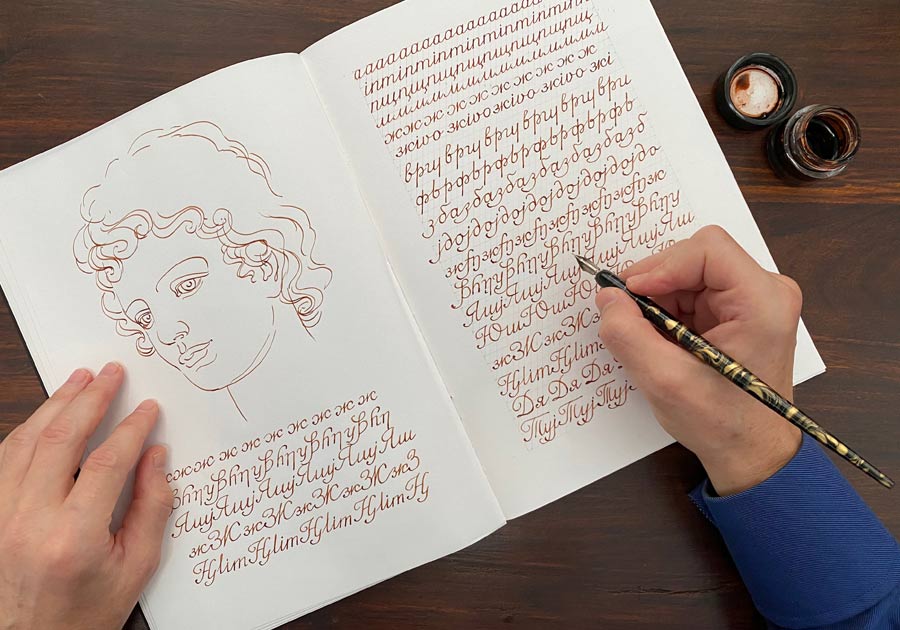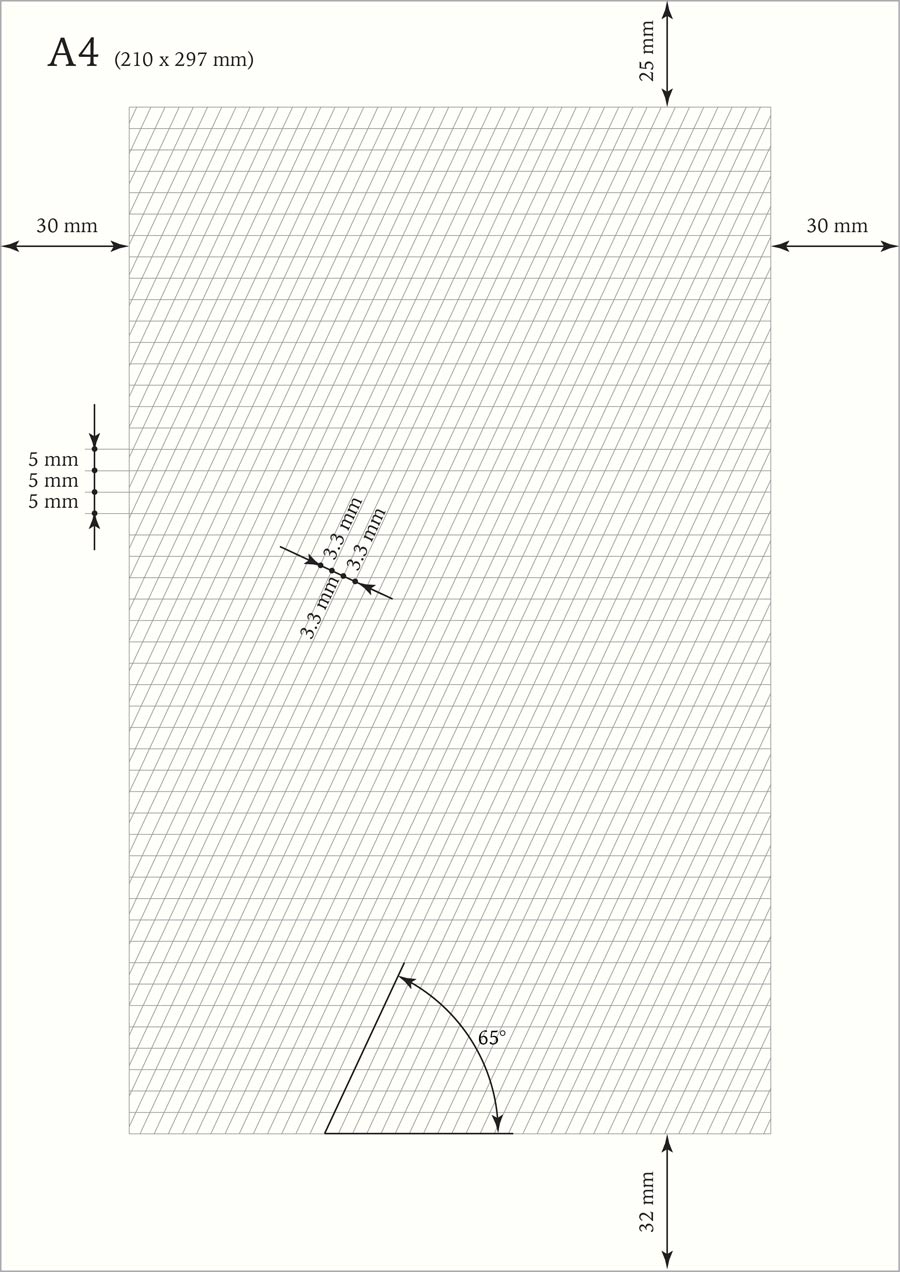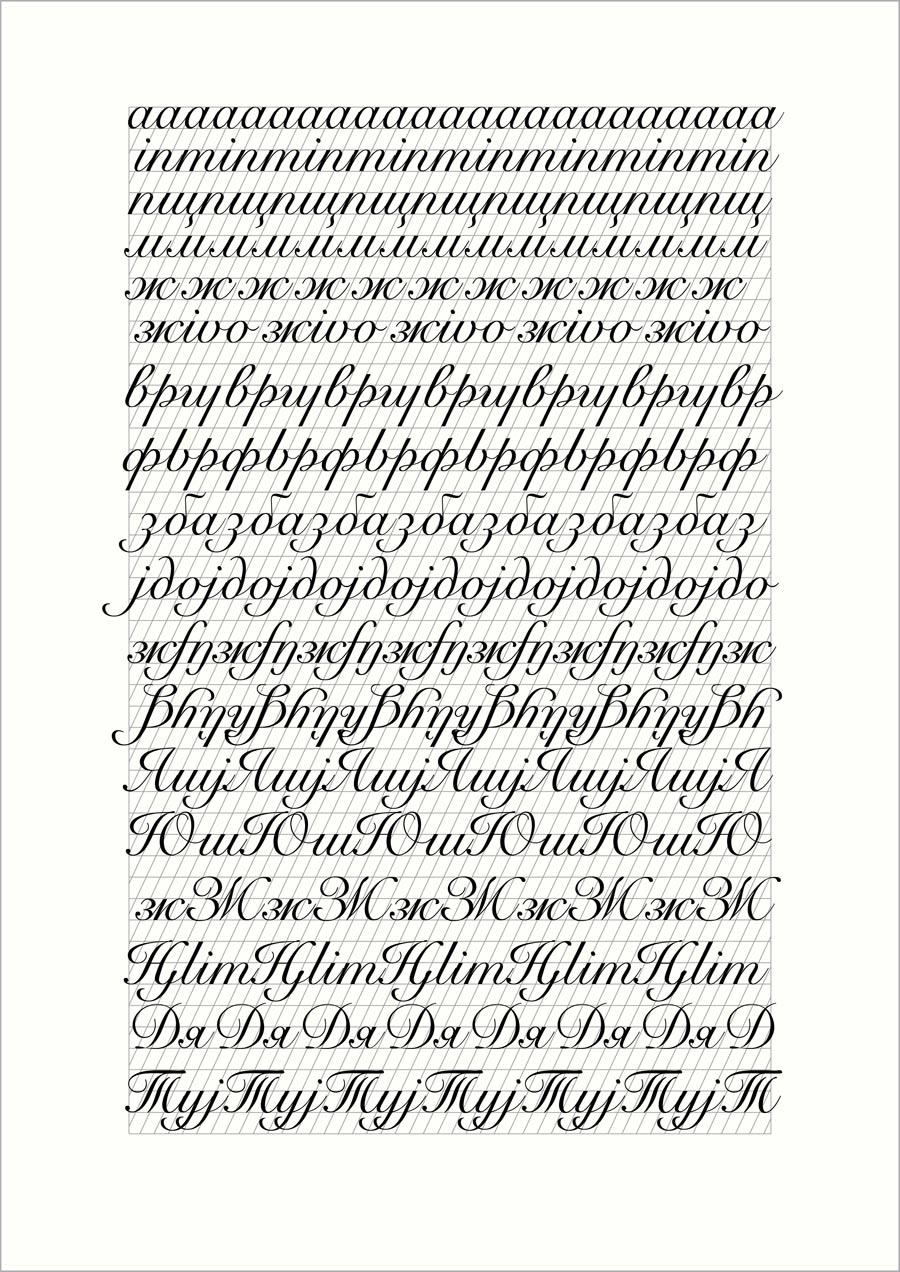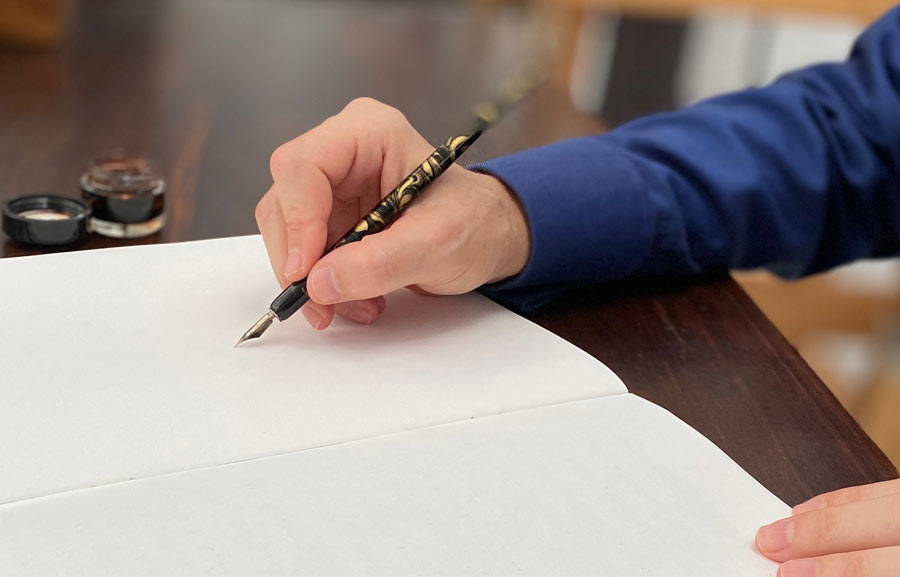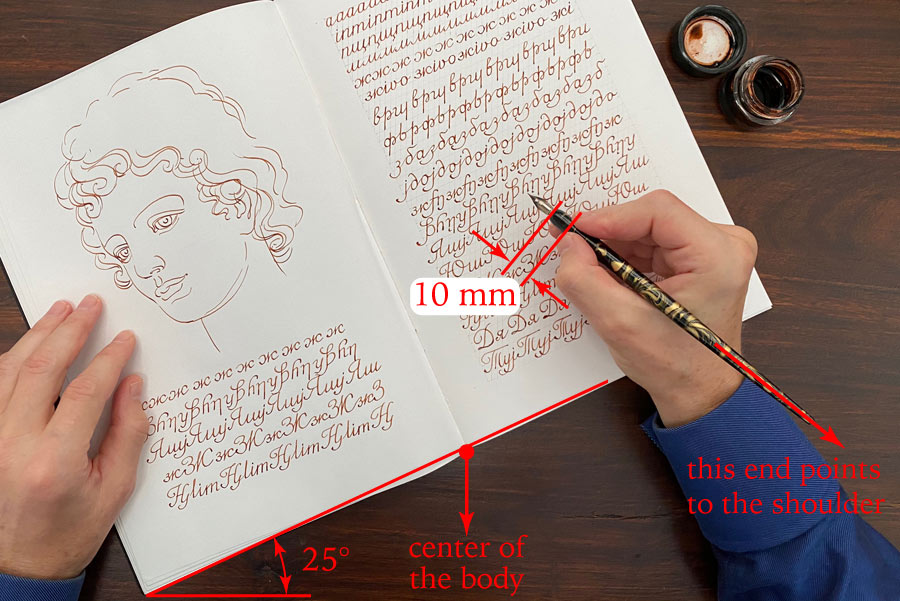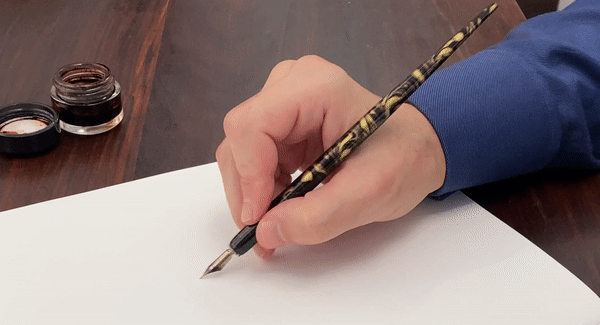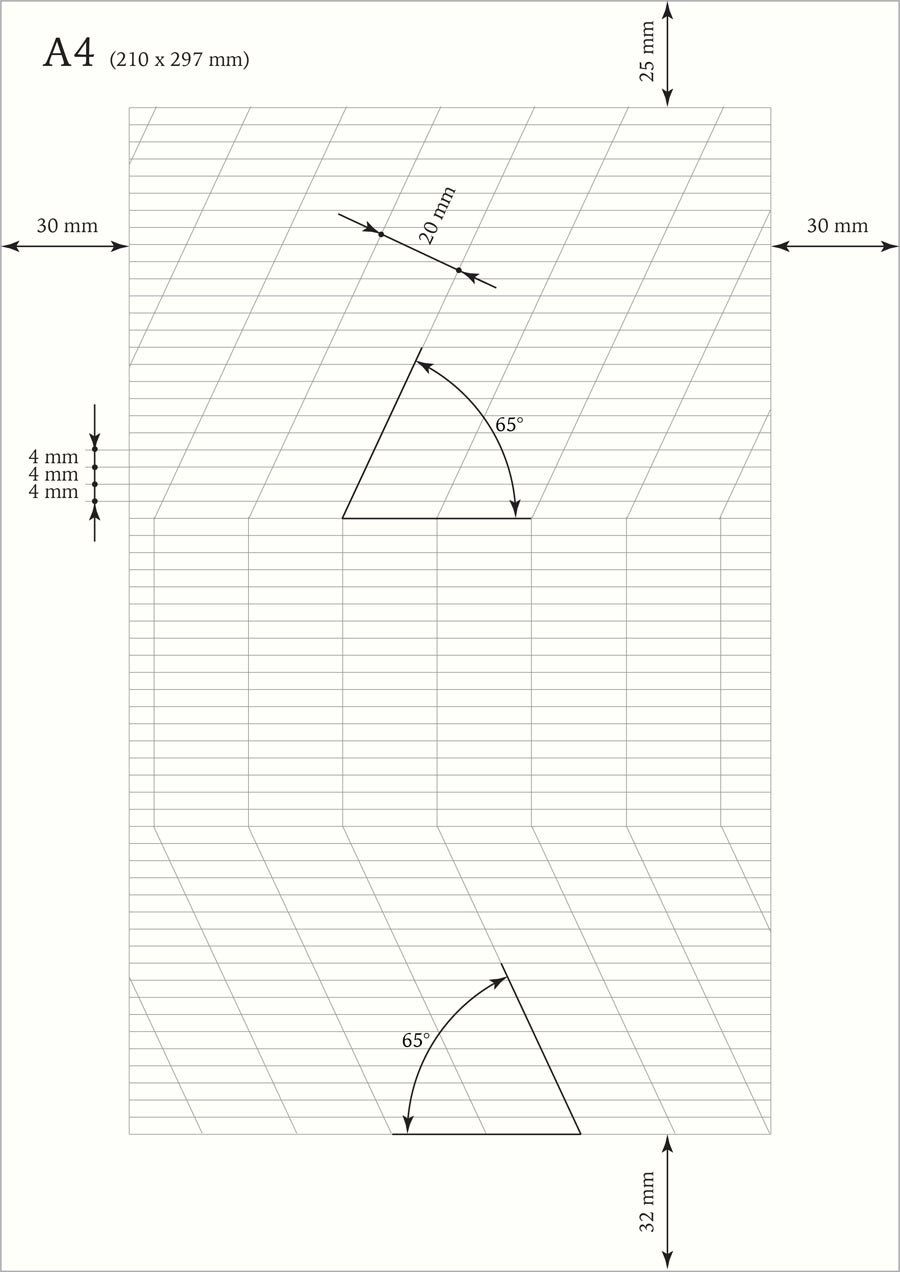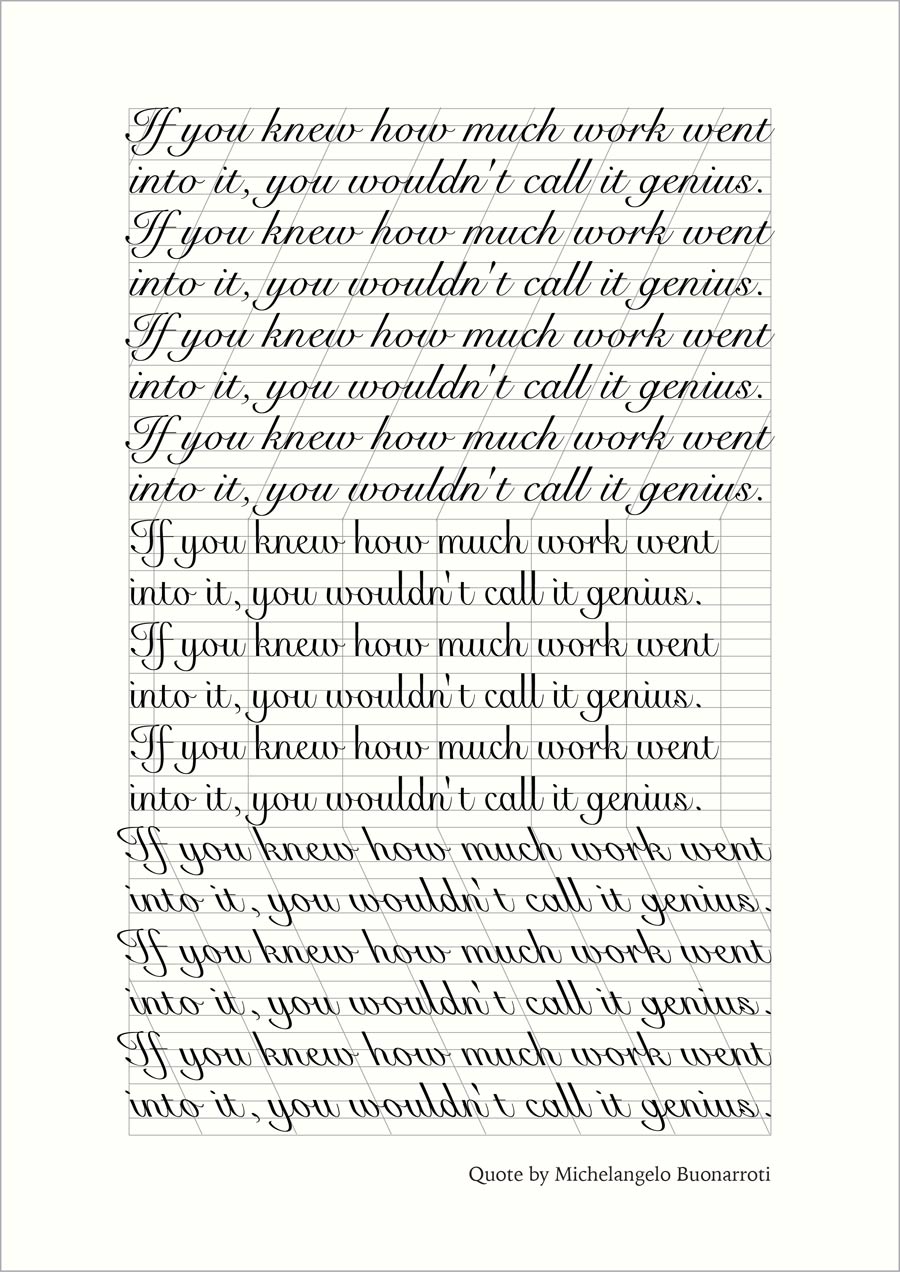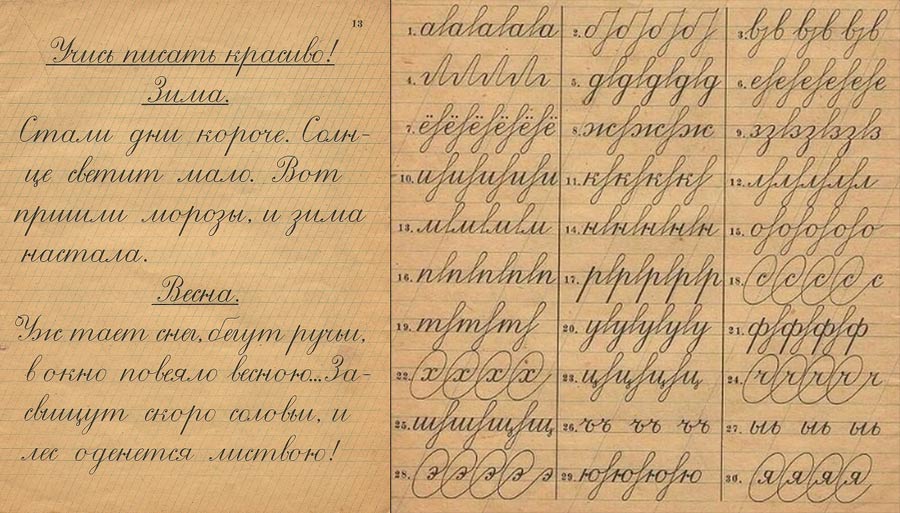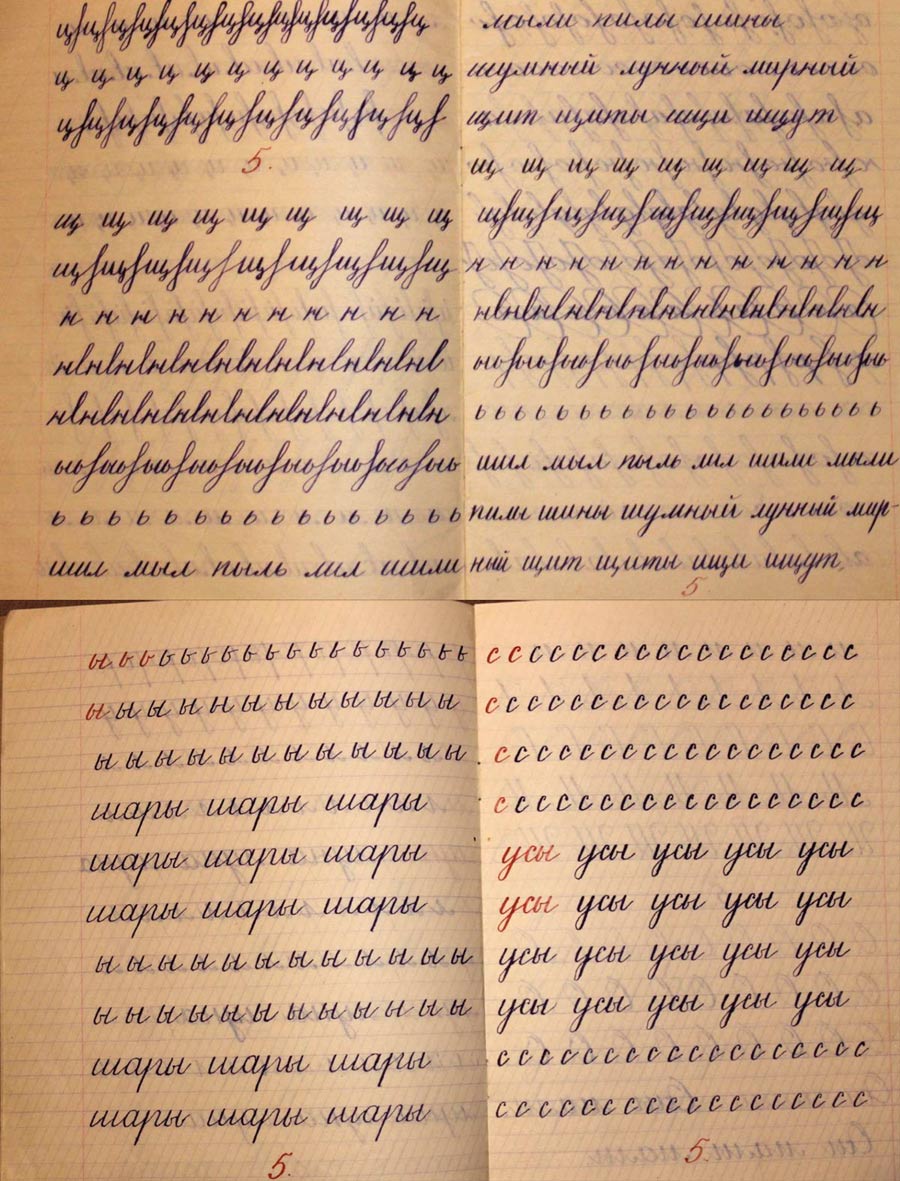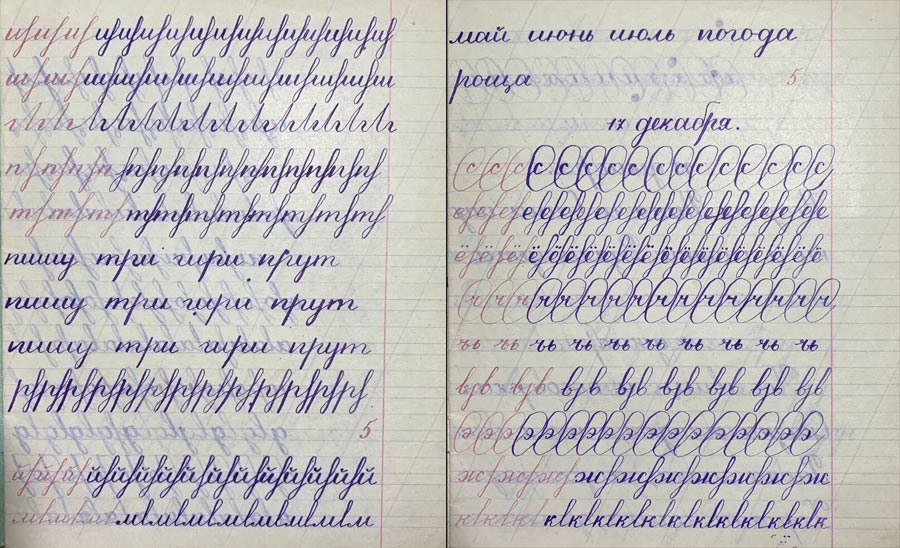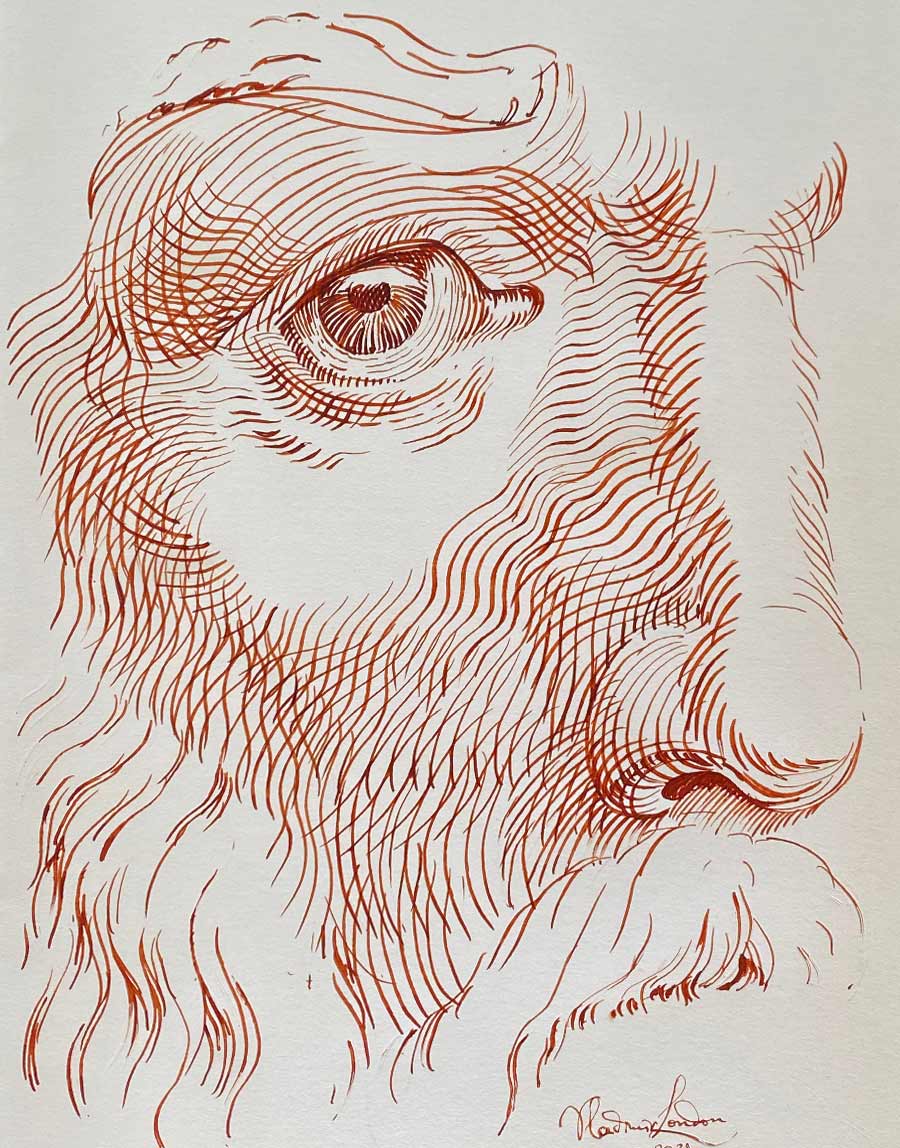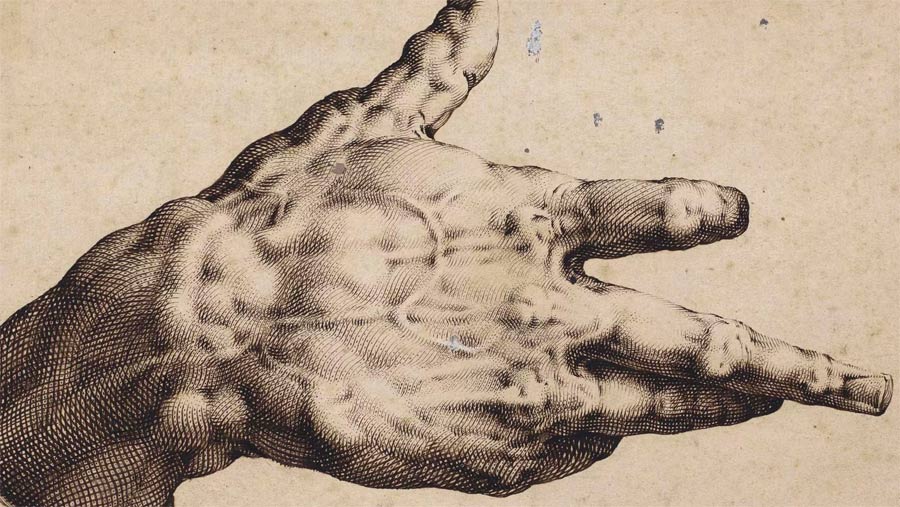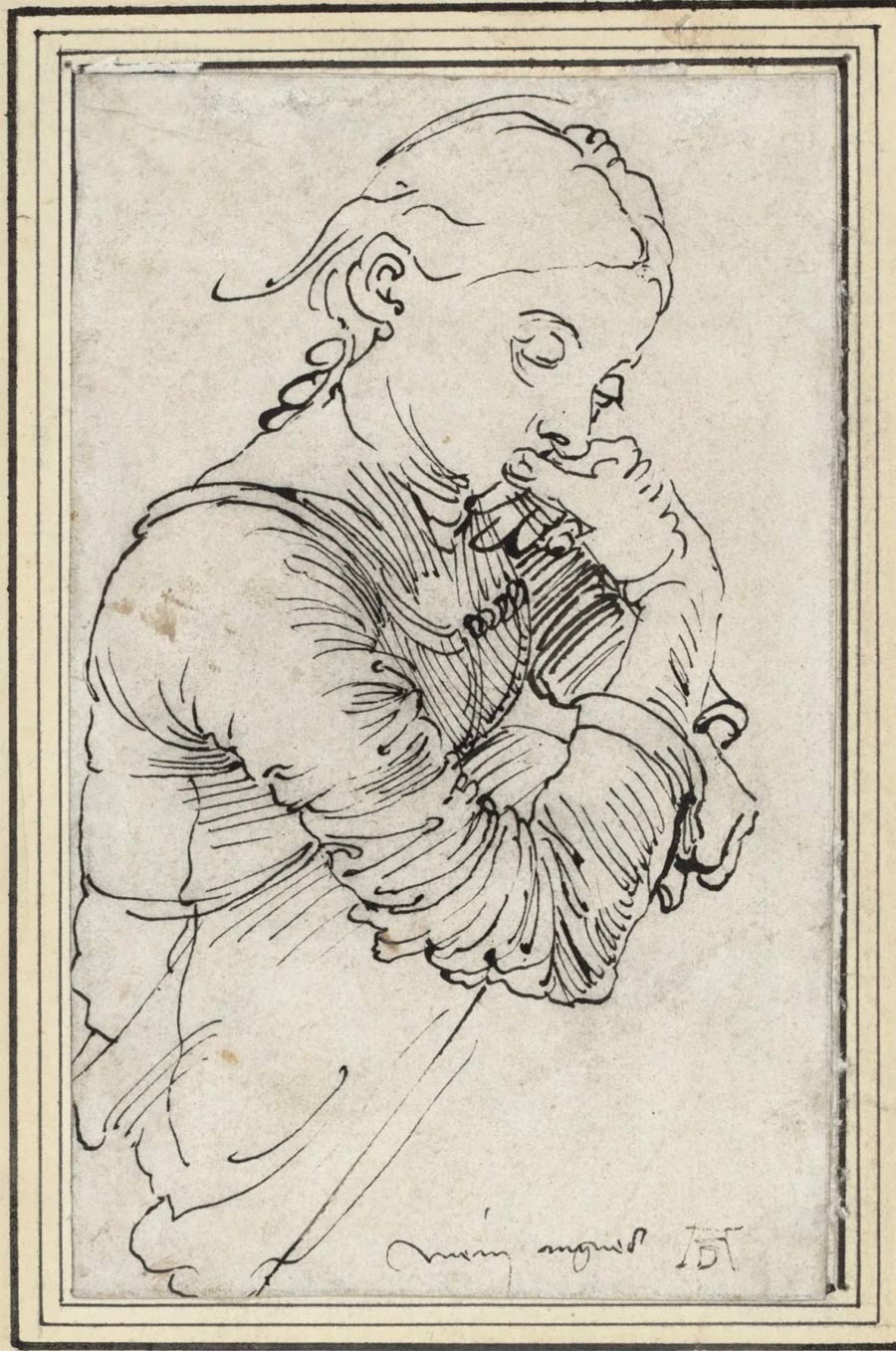Fine Motor Skills
Fine Motor Skills is ability to make small movements of hands and fingers with high precision of eye-hand coordination. To learn more, you may check the Wikipedia page - https://en.wikipedia.org/wiki/Fine_motor_skill
Fine motor skills are "hard-wired" with the motor cortex of a human brain, which is responsible for planning, control and execution of voluntary movements https://en.wikipedia.org/wiki/Motor_cortex
Needless to say, fine motor skills play an important role in making well-crafted drawings. If you can plan and control your finger movements with precision, this will result in better quality of drawings.
Drawing is a non-verbal language of communication. It is the way of thinking, planning, expressing your ideas and delivering your thoughts to other people. Like in written language, where every character plays its role in making words, in drawing, every line contributes to a meaningful image. The links between brain zones responsible for movements and communication are the same for written language and for drawing. That is why the thinking process for writing a letter is very similar to the way of making a drawing.
Nothing develops such brain links better than calligraphy. Calligraphic writing is the only method to link fine motor activity (planning and making meaningful small movements) with communication. When writing a character, you not only concentrate on that specific character, but you also think about the meaning of the words and text you write. This activates the upper frontal cortex of a brain. This portion of the brain is responsible for concentration, planning, decision making, problem solving, personality expression, certain aspects of speech and language. It is also responsible for executive function, which relates to abilities to differentiate among conflicting thoughts, determine good and bad, better and best, same and different, future consequences of current activities, working toward a defined goal, prediction of outcomes, expectation based on actions, and social "control" - https://en.wikipedia.org/wiki/Prefrontal_cortex
So, I hope you see importance of fine motor skills both in your everyday life and in making fine art drawings. With this "boring part" explained, let's move on to the fine motor skills test, which consists of several parts.
Fine Motor Skills Test - How to test your dexterity level
Part 1 – Copying foreign alphabet characters
In this exercise, you can test your ability to copy foreign symbols you are not used to write in everyday life. This exercise will reveal your attention to detail, concentration skills, eye-hand coordination and precision of finger movements.
Take a plain white sheet of paper and mark lines and margins with a well-sharpened graphite pencil and ruler, using the same dimensions in millimeters as illustrated below. If you don't already have one, purchase a dip-pen and several different metal nibs for fine drawing and calligraphic writing. Nibs are quite cheap and will serve you for years. The metal nib tip should end in fine point, not a flat tip. Also, get some black drawing ink, for example Indian Ink. One small bottle will last you for a very long time.
Important – do not use fountains pens! They are not suited for true calligraphy even though manufacturers may advertise otherwise. The process of dipping the pen into the ink bottle as well as more flexible sharp-point nibs with good response to pen pressure, which gives different weights to lines, are essential for this exercise.
Copy all the characters as per example below. Closely observe every curve and replicate it with precision. All pen-strokes must have their weight, which varies from hairlines to full-width lines, exactly as per illustrated example. The thickness of line should be controlled with the pressure on the pen. Different nibs may give different results. Test which one is more suited for your hand and the writing style you have to replicate.
Things to pay attention to:
- Tilts of lines
- Variable thickness of lines
- Proportions of characters
- Roundness and corners of characters
- Spaces between characters
How to hold a pen
The correct "writing grip" is when a pen is held between the fingertip of the thumb and the distal interphalangeal joint of the middle finger, with the index finger pushing it lightly from above. If you're used to any other way of holding a pen, you do it wrong. There is no other "correct way" regardless of how comfortable it feels to you. This is because a human hand is a very intricate mechanism with 14 phalanges, each of which is in golden proportion to the previous one and the way we move phalanges in joints dictate the only way to hold a pencil.
If you hold a pen in any other way, to keep the nib in touch with paper when writing, you would have to use additional subconscious, but brain-controlled movements to compensate natural tendency of lifting the tip off the paper surface. This would result in bad hand-writing style.
Also, the paper sheet has to be placed correctly in relation to your body. The angle of placement should be about 25…30 degrees and the corner of the sheet should be located strictly against the center of your body.
The non-working end of the pen should point to the shoulder of your writing hand. This is critical in combination with the correct writing grip.
Make sure that there is about 10 mm gap between the index fingertip and the nib.
How to test if you hold a pen correctly
If you can lift your index finger and the pen sits securely between your thumb and middle finger, the grip is correct.
Part 2 – Writing English words
In this exercise, you can test your hand-writing skills. It is not about your established handwriting style, but how well your fine motor skills can serve you to change the style you are used to.
In drawing, the richer the gamut of pencil strokes, the better an artwork will look. This means that you eye-hand coordination has to allow you to make pencil strokes with precision and ease at any angle. That is why, in this part of the test, you need to copy the style you see and write the sentence using three different tilts – 65-degrees, vertical and negative tilt.
Take another A4 sheet of plain white paper and draw lines with a well-sharpened graphite pencil and ruler using the dimensions as illustrated below.
Write the same sentence to fill the full sheet, paying attention to all five points described in the previous part.
Cursive writing used to be the must-have skill that elementary school students learned from the age of 7. In Soviet Union, children used dip pens with metal nibs until 1968, when the pen and ink writing was replaced by ball pen. Here are some examples from that era.
Having good calligraphy skill is important for fine artists who would like to control their drawing tolls with precision. The artworks below are simply impossible to make without well-developed fine motor skills.
To learn good drawing techniques, enroll in the Life Drawing Academy course:
Online Course
A self-study, self-paced course for you to learn fundamental methods of classical drawing and improve life drawing skills by watching video lessons and doing assignments
- Unlimited access to 52 life drawing video lessons
- Lifetime membership without deadlines
- Unlimited support from the Academy tutors
- Constructive critique of your artworks
- Member access to the Academy's Art community
- Place in the Academy's Students Gallery
- Exclusive members-only newsletter and bonuses
- Life Drawing Academy Diploma of Excellence in your name
One-time payment - Lifetime membership
$297 USD
ENROLL NOW
Personal Tutoring Online + Online Course
The ultimate choice if you who would like to receive personal, one-to-one tutoring from the Academy teachers, which is custom-tailored to your skills and needs
- Everything in Online Course, plus:
- Dedicated team of art tutors
- Assessment of your current level of drawing skills
- Personalized curriculum tailored to your skills and goals
- Up to 100 drawing tasks with by-task assessment
- Unlimited one-to-one personal coaching with detailed per-task instructions and feedback
- Artwork critiques and results-oriented guidance
One-time payment - Lifetime membership
$997 USD
ENROLL NOW

